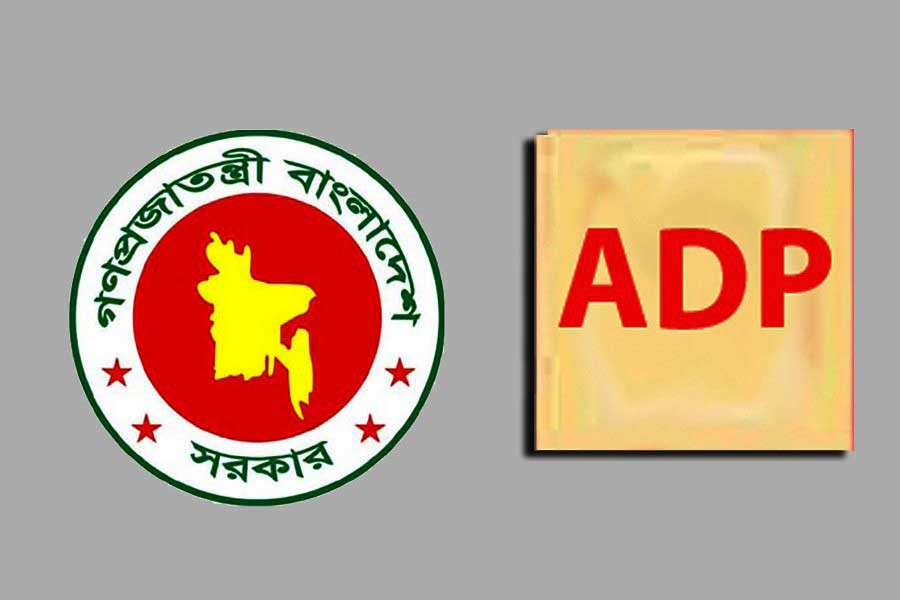Unlike in the past, the outlay for the Annual Development Programme (ADP) for the next fiscal year (FY 2022-23) as approved by the Executive Committee of the National Economic Council (ECNEC), is clearly not an ambitious one. However, as it came out from Tuesday's press briefing by the planning minister following the ECNEC meeting, ADP allocation for FY23 at Tk 2.46 trillion, though higher than what it has been in the current fiscal's original ADP by 9.21 per cent, is still a truncated one when it comes to the number of projects. Seeing that the number of ADP projects for the next fiscal (FY23) has come down to 1441, which is 300 projects fewer than the current fiscal year's, it is plainly an instance of downsizing the ADP.
Such reduction in the number of projects points to the government's emphasis on what it terms priority projects for which the allocations will not be affected. Looking at the allocation of 28.73 per cent of the total FY23 ADP outlay for the transport and communications sector, which is about twice the amount for the sector in the current ADP (FY 2021-22), it is evident that the big infrastructure projects are going to enjoy the highest priority as before in the next financial year. Of course, the mega projects like the Karnaphuli tunnel, metro rail (MRT-6), Jamuna rail bridge, Padma rail link, Dhaka elevated expressway, etc. are on the priority list. As the work for those infrastructures is ongoing, the allocation was inevitable in order that those projects could be completed as scheduled.
However, at a time, when the import costs of all types of materials for the building industry is on a steeply rising curve, it is definitely going to be a challenge for the project implementers to keep the costs of the various infrastructure projects within the initial estimates. Hopefully, those priority infrastructure projects as envisaged will take the country a step further towards the goal of promoting itself to a middle income country by 2026. As expected, after the transport and communications sector, the next biggest chunk of ADP allocation at over 12 per cent of the total outlay have gone to power and energy. Of the projects undertaken in this sector, the Rooppur nuclear power project comes first followed by the Matarbari coal power project. As in the case of different infrastructure projects, the element of challenge will also accompany those in the power sector, especially in the wake of the Ukraine war. It is more so because, Russia, a party to the war, is the main financier of the aforementioned Rooppur behemoth for nuclear power.
Aware of all such developments in the international arena, the government would hopefully be able to complete those projects according to plan. The next in order of allocated amounts in the ADP is education at 11.82 per cent and health at 7.83 per cent. Given that education and health, the two foremost drivers of human development, have been adversely affected by the pandemic, they should be able to claim the government's highest attention in ensuring that the financial resources allocated for them may find their optimum use. At this point, the project implementing agencies' efficiency at making the most of the allocated ADP funds, which has often been an issue, would be crucial. Using the updated method of project approval and processing, as indicated by the NEC, the next ADP should be able to deliver up to expectation.


